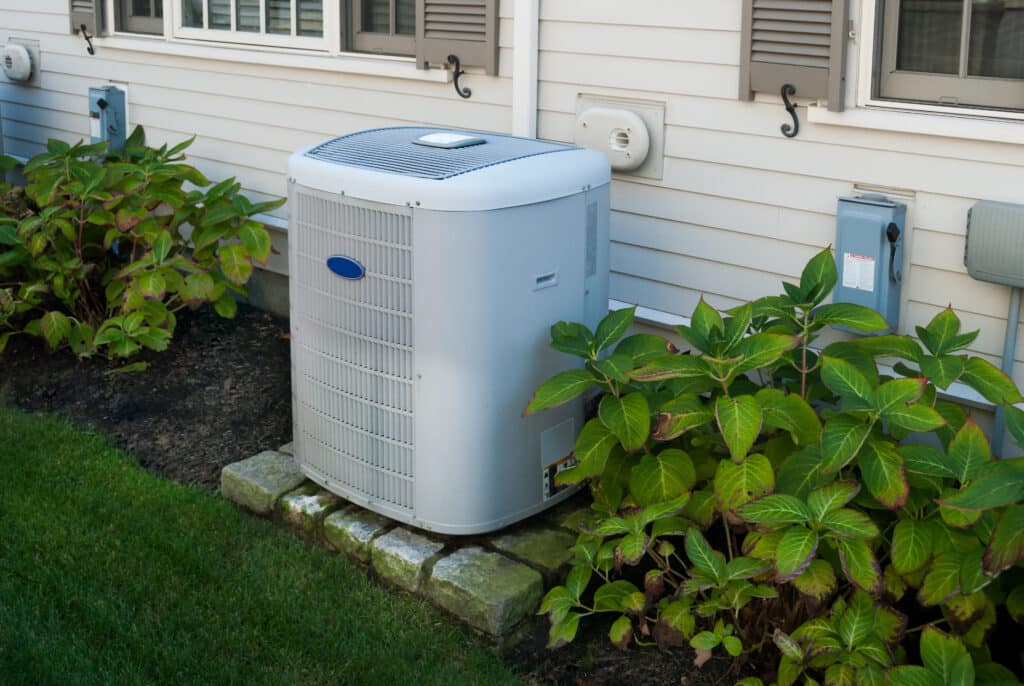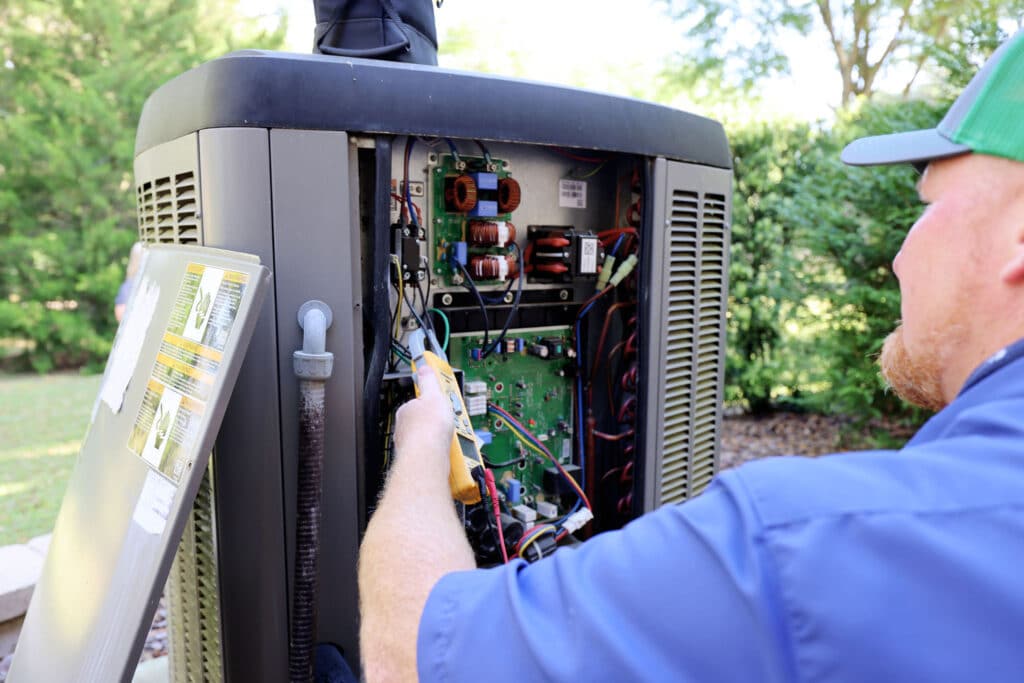Whether you’re preparing for hot Florida summers or the cooler temperatures fall and winter brings, a new HVAC installation can help your home remain comfortable and energy efficient all throughout the year. But what does a new HVAC system include? What should you consider during the installation process? If this is your first time installing a new HVAC system, you may be unsure what to expect. That’s why we’ve created this guide to help you know exactly what you should prepare for during a new HVAC installation!
The Basics of What a New HVAC System Includes

When you’re sitting in your home, enjoying either a cool home in the summer or a cozy, warm one in the winter, much of the parts doing the work are behind the scenes. When a new HVAC is installed, all these parts are included and replaced to ensure you have a brand new system throughout your house. Typically, the parts of your HVAC system can be broken down into three categories: air conditioning parts, heating parts, and ventilation parts. These three categories include:
- Vents
- Refrigeration
- Humidifiers
- Dehumidifiers
- Condensers
- Air Handlers
- AC Unit
- Filters
- Exhaust Outlet
- Furnace
- Thermostat
- Ductwork
Most, if not all, of these parts will be included in an HVAC installation. Sometimes, people choose not to replace more intensive parts, such as the ductwork, but completely replacing all these parts is the best way to ensure efficiency and minimal repairs or maintenance in the future.
Do New HVAC Systems Come with a Thermostat?

Typically, a new HVAC system will include a thermostat with the installation. However, before your technician begins purchasing and installing parts for your home, you may want to specify if you want a smart thermostat for your home. Smart thermostats have a myriad of benefits, including automated temperatures and increased energy efficiency, but they don’t always come default with an HVAC installation. Ask your technician about what smart thermostats are an option for your new unit!
Do HVAC Systems Include Heat?
HVAC stands for heating, ventilation, and air conditioning, so when you’re getting a new HVAC system, heating should be included. What you may want to consider during installation is the type of heating you want. For example, furnaces are the most popular type of heating system in Florida, but you have other options such as heating pumps and heating strips. When you work with Comfort Temp, your technician will be able to tell you about the pros and cons of each system for your home, and they can even give their professional recommendations for your heating system.
How to Ensure You’re Getting the Right HVAC System for Your Home
Replacing your HVAC system can be a large investment—you’ll want to ensure you’re getting the best system you can for the money you’re putting into your home. The best way to get the right HVAC system for your home is by finding a local HVAC company that cares about providing excellent service and high-quality products.
Before the installation begins, make sure your technician has considered the following factors to get the right HVAC system installed:
- Square footage
- Environmental factors like natural light
- Overall level of home insulation
- Your preferred AC system type
- Energy efficiency rating (SEER2)
- Filtration options
- Warranties and technology standards
How Long Does AC Installation Usually Take?
If you’re just replacing your AC unit, it should only be a one-day job. It’s possible to complete it in as little as a few hours. However, for a more intensive job where you’re replacing your whole HVAC system, it’s going to take a little longer. Based on the size of your home and other factors, the installation time can vary, but we’d recommend you be prepared for about three to five days of work on your home before the installation is complete.
Does Commercial HVAC Installation Differ?

In a commercial HVAC installation, you’ll still enjoy the benefits of receiving all new parts and systems for your building. The main differences from residential are the following:
- You may require multiple thermostats.
- Installation time could take a little longer than residential depending on the size of your building.
- Rather than having indoor and outdoor units like in a residential home, your HVAC units will be inside and likely hidden within the roof. This adds an extra layer of protection for your units and more flexibility in temperature regulation.
High-Quality HVAC Installation Begins with Comfort Temp
At Comfort Temp, we strive to assist our customers find the best HVAC system for their homes or businesses. Since 1985, we’ve been serving local homes and businesses in the Gainesville, Orlando, and Jacksonville areas. Our team goes above and beyond to ensure customer satisfaction, offering detailed explanations of what a new HVAC system includes and answering any other questions you may have. If you’re looking to replace your AC, install a new heating system, or want both for a complete HVAC installation, choose the Comfort Temp team as your HVAC technicians!


